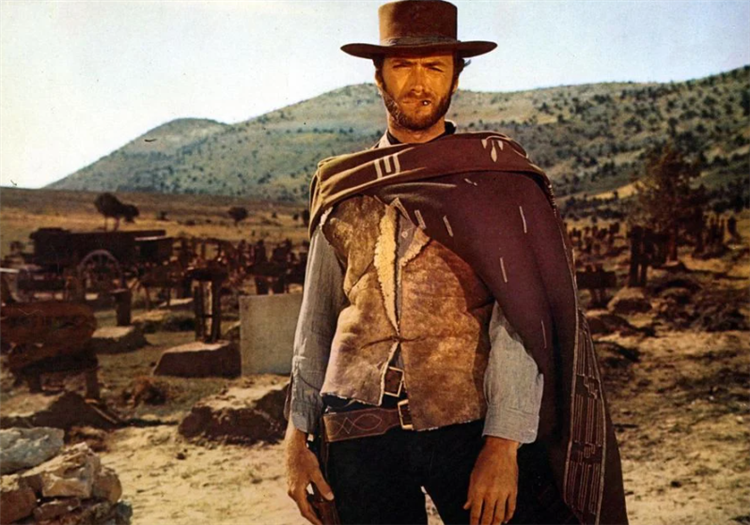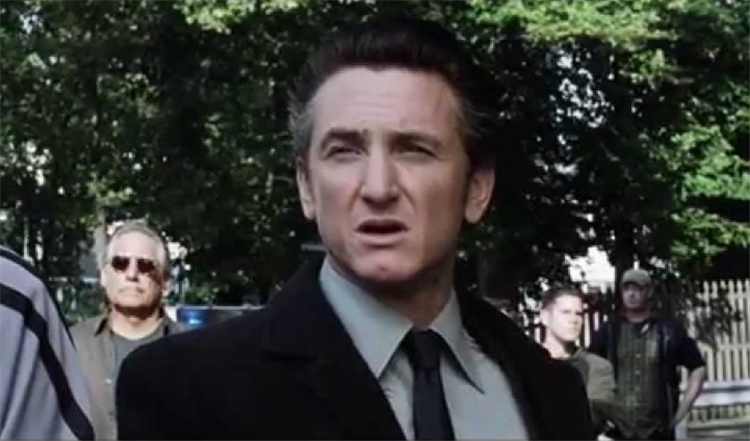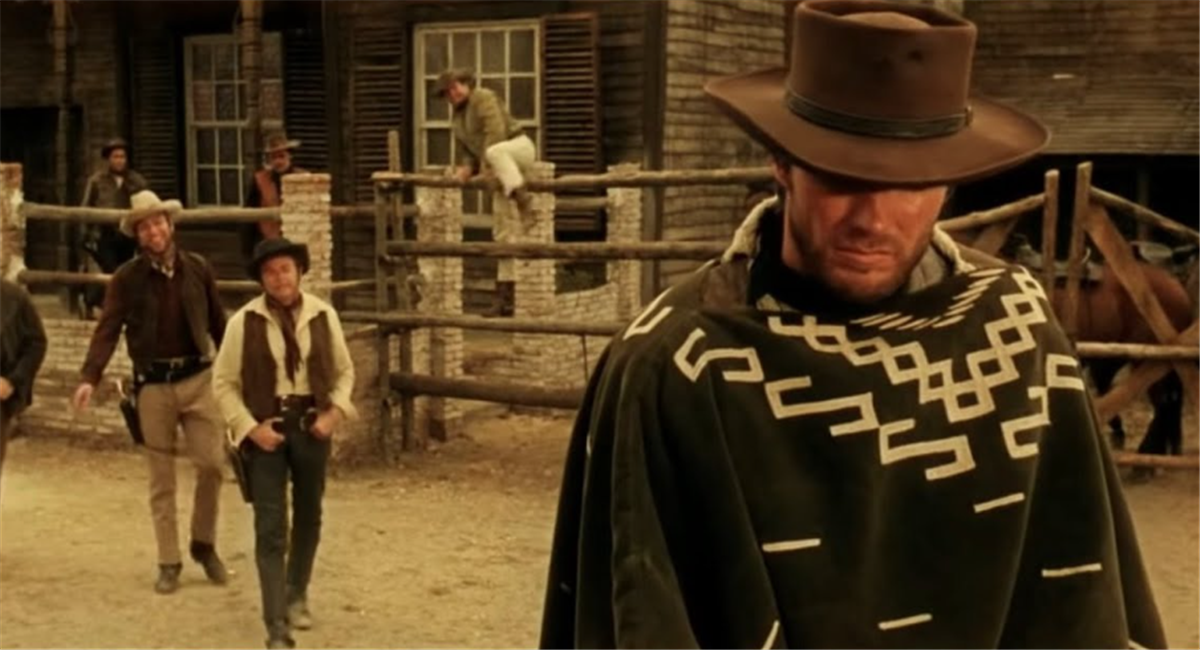American actor and filmmaker Clint Eastwood is widely considered by many to be one of the biggest stars of the 20th century while others regard him as a crumbling symbol of an obsolete idea of masculinity. Ranging from his iconic portrayal of the ‘Man with No Name’ to his directorial talent evident in films like Unforgiven, Eastwood’s cinematic legacy is full of prestigious accolades like multiple Academy Awards and Golden Globes.
In an interview, Eastwood once said: “For me, because I’ve directed myself so often, I go back and forth. I always carry a certain amount of it, but I can live and think about other things. The character is sort of seated in your mind before you do the picture. It’s like doing a play. You have it in your mind but you can have a life and go to dinner and then pull yourself into it. The only difference in movies is that you’re doing it a hundred times a day. It’s a technique that you develop over the years. Some people find it very difficult, others find it not easy but less difficult.”
He added, “Everyone directs movies differently, but the way I get that is just by doing it. Certain scenes I’ll rehearse if there are technical difficulties of lighting and camera. Fortunately I have a camera crew that’s very well oiled, so they pretty much know where I’m headed, without much explanation. And then, when we get to the point where I’m doing it, no one asks questions when I’m trying to get into the part. The objective is to make everything sound like the first time it’s said, so the only thing I can do is try to pick it up the very first time it is said.”
On his 93st birthday, we take a look at six definitive films from Clint Eastwood’s illustrious career as a celebration of his contribution to the world of cinema.
Clint Eastwood’s 6 definitive films:

Dollars Trilogy (Sergio Leone – 1964 to 1966)
Sergio Leone‘s famous trilogy of iconic spaghetti westerns featured Eastwood in his first iconic leading role. Consisting of A Fistful of Dollars, For a Few Dollars More and The Good, the Bad and the Ugly, Leone’s trilogy is now credited as the body of work that established the spaghetti western genre. Due to the unprecedented success of the films, Eastwood experienced stardom and acclaim.
The actor said: “I think [the Leone films] changed the style, the approach to Westerns [in Hollywood]. … They made the violence and the shooting aspect a little more larger than life, and they had great music and new types of scores. … They were stories that hadn’t been used in other Westerns. They just had a look and a style that was a little different at the time: I don’t think any of them was a classic story—like [John Wayne’s 1956] The Searchers or something like that—they were more fragmented, episodic, following the central character through various little episodes.”
Dirty Harry (Don Siegel – 1971)
One of Eastwood’s most popular film performances, he st ars in Don Siegel’s 1971 neo-noir as a psychopathic police detective. The film drew inspiration from the events of the Zodiac Killer case and turned out to be a major critical and commercial success. It even inspired copycat criminals who tried to mimic the film’s excesses.
Eastwood admitted: “I was told when I first got the script that other actors had liked it but had reservations about the political elements of it. But even at that age, I was not afraid of it. To me, it was an exciting detective story. It was a fantasy. Here’s a guy who is so dogmatic that nothing is going to stop him when his mind is made up.”
High Plains Drifter (Clint Eastwood – 1973)
Influenced by the directors he had worked under, Eastwood directed his own competent western in 1973 where he starred as an enigmatic stranger who acts as the arbitrary enforcer of morality and justice. The screenplay was based on the actual 1964 murder of Kitty Genovese.
According to multiple reports, Eastwood wrote a letter to John Wayne suggesting a collaboration after the release of High Plains Drifter. However, Wayne was critical of Eastwood’s “violence and revisionist portrayal of the Old West” and declined the offer.
Unforgiven (Clint Eastwood – 1992)

Unforgiven is Eastwood’s memorable attempt to construct a compelling revisionist western. At the time of making it, the director said that it would be his last western before he moved on to new things. Unforgiven picked up multiple awards like including Oscars for Best Picture and Best Director among others.
“A lot of people said, ‘Hey, you’re supposed to be a cowboy actor.’ But I want to mix it up. I guess that’s why when I got (the script for) Unforgiven in the early ’80s I put it in a drawer for 10 years, I’d done a bunch of Westerns, I thought I should do some other things first. Then 10 years later I picked it up and re-read it and it felt fresh,” the actor commented.
Mystic River (Clint Eastwood – 2003)
A film adaptation of Dennis Lehane’s eponymous novel, Mystic River investigates the relationship between childhood trauma and the fracture of the human psyche. It stars Sean Penn as a former convict whose life devolves into tragedy due to his painful past.
While speaking about his motivation to make the film, Eastwood said, “It’s very difficult to say what attracts you to the project, but I’ve always been very curious about victims of crime, victims of child abuse, one of the most hideous crimes we have on the planet.”
He added, “There’s a certain father’s nightmare in the drama of this film, how one [terrible] tiny incident affects so many people. It’s a kind of fate-driven story, a train you can’t get off, like it or not. Kevin has a speech at the end of the movie: ‘Maybe we all got in that car that day.’ It’s baggage these characters carry from when they are little boys.”
Letters from Iwo Jima (Clint Eastwood – 2006)
This 2006 war film was made in conjunction with Eastwood’s Flags of Our Fathers and tells the story of the Battle of Iwo Jima from a Japanese perspective. The film was more appreciated in Japan where it was a huge commercial success and received praise from audiences who felt that Letters from Iwo Jima worked because it actively discarded problematic stereotypes.
Eastwood recalled, “I got the idea to do The Letters from Iwo Jima, and I thought, ‘That’s so hard to do because it’s hard to find out much information on it.’ So I went to Japan and talked to the governor of the prefecture in charge of Iwo Jima and I told him that this is a story that has to be told from a Japanese point of view. And I think there’s an awful lot of relatives and people left over from that era who would love to imagine what it must be like to be in that situation.”
